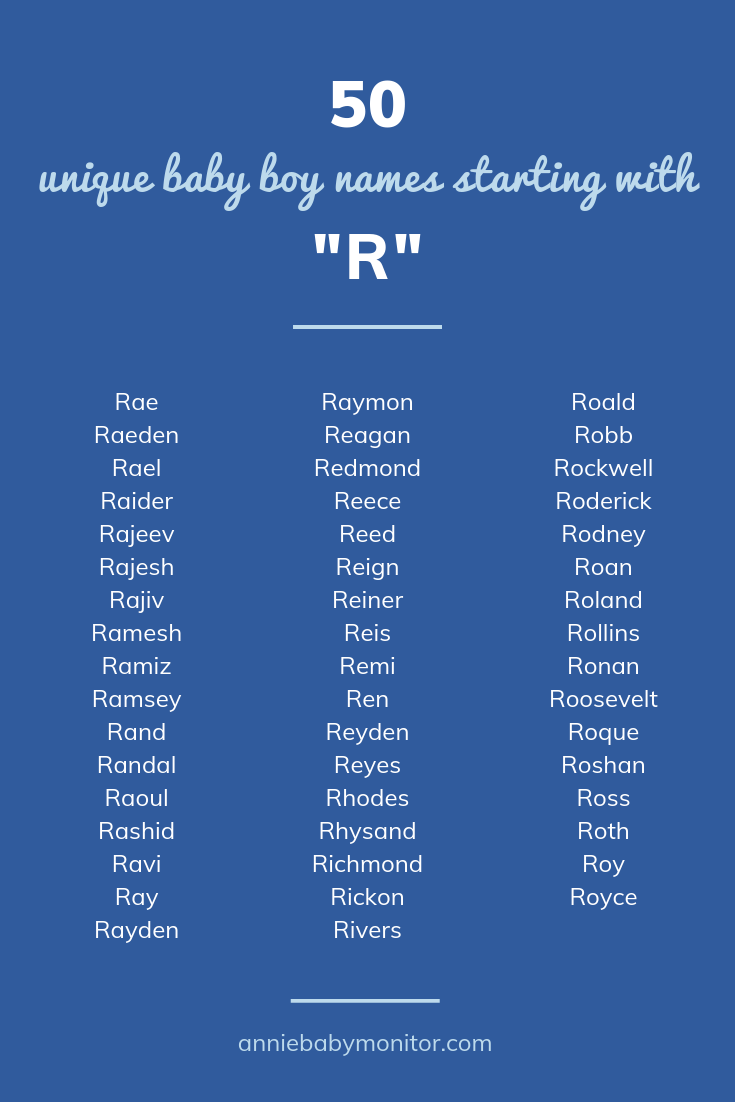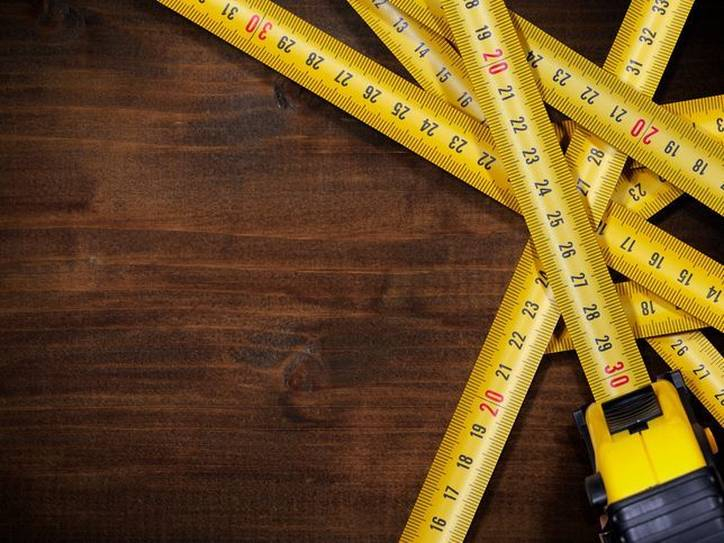When Can Baby Forward Face In Carrier: A Guide for Parents
Are you a parent looking to explore the world with your little one? As you venture out on adventures together, you may be considering when your baby can safely forward face in a carrier. In this comprehensive guide, we will delve into the details of when it is appropriate for your baby to face forward in a carrier, ensuring both comfort and safety. Let’s explore this exciting journey together!
Knowledge
When it comes to baby carriers, safety is always the top priority. Baby’s neck muscles must be strong enough to support their head before they can face forward in a carrier. Typically, this milestone is reached around 5-6 months of age. However, every baby is different, so it is essential to observe your baby’s development and consult with your pediatrician before making the switch.
Forward-facing in a carrier allows your baby to explore the world around them, stimulating their senses and providing a different perspective. It can be an exciting experience for both parent and baby, fostering a deeper bond as you navigate through daily activities or outdoor adventures together.
Before transitioning to forward-facing, ensure that your carrier provides proper support for your baby’s developing spine and hips. Look for carriers with ergonomic designs that promote healthy hip positioning and ensure your baby’s comfort during extended wear.
When your baby is ready to face forward in a carrier, start with short periods to allow them to adjust to the new position. Pay attention to their cues and body language to ensure they are comfortable and happy. As your baby grows and becomes more curious about the world, forward facing can be a great way to engage their senses and encourage exploration.
Remember, safety always comes first. Check the carrier’s weight and age recommendations to ensure it is suitable for forward-facing and follow the manufacturer’s instructions for proper use. Always monitor your baby while in the carrier and make adjustments as needed to ensure their comfort and safety.
Conclusion
When considering when your baby can forward face in a carrier, it is essential to prioritize safety and comfort. By waiting until your baby’s neck muscles are strong enough to support their head and choosing a carrier that provides proper support, you can ensure a positive experience for both you and your little one.
Parents who are looking to enhance their babywearing experience and provide their little one with new adventures may find forward-facing in a carrier to be a rewarding option. By following guidelines and listening to your baby’s cues, you can create lasting memories and strengthen your bond through shared experiences.
As you embark on this exciting journey with your baby, remember to enjoy the moments and cherish the memories you create together. Happy babywearing!






